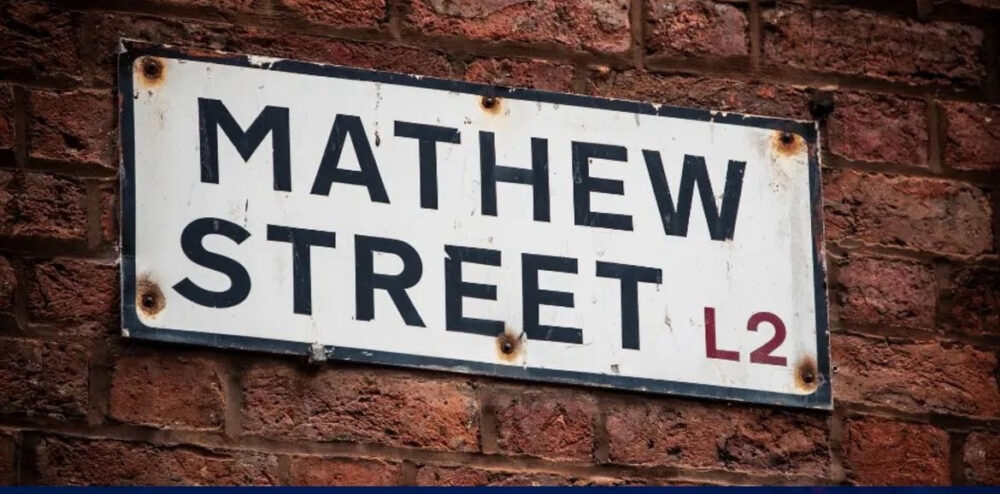
History
Rediscovering the history of New Brighton Tower
2 years ago
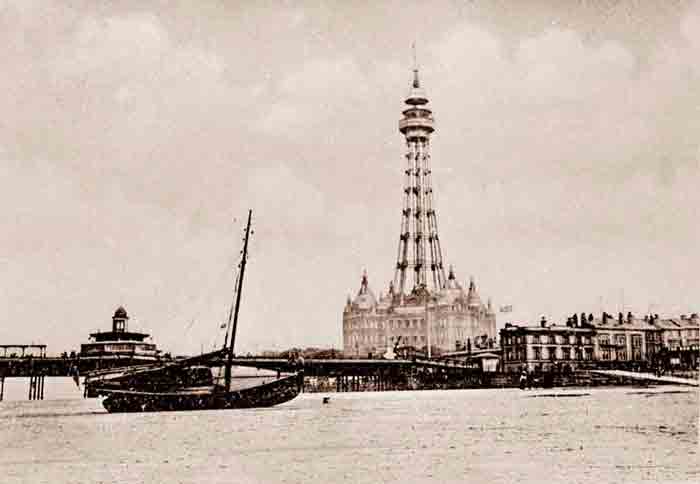
From its soaring heights to its untimely end, New Brighton Tower stood as a testament to innovation and entertainment in the heart of Wirral.
Erected sometime between 1898 and 1900, New Brighton Tower rose to an impressive height of 567 feet, casting a shadow over the landscape and was, at the time, the tallest building in Great Britain.
The tower was envisioned as a rival to Blackpool Tower with aspirations to create a tourist destination that would compete its counterparts. And rival it did, standing just under 50 ft taller, and more attractions in the surrounding grounds.
Situated amidst the expansive grounds was a boating lake, funfair, gardens, and sports ground… it quickly became a beacon of leisure and entertainment.
From the tower’s summit, visitors were treated to breathtaking panoramic views encompassing the Liverpool skyline, the River Mersey and the River Dee.
On a clear day, the view extended across the Irish Sea to the Isle of Man, with glimpses of the stunning landscapes of the Lake District and Welsh Mountains.
On May 30, 1898, the Tower Theatre made its debut, nestled between the legs of the New Brighton Tower. With a seating capacity of 2,500, it claimed the title of the largest theatre in England outside London.
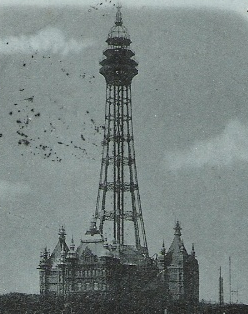
During the Second World War, when the Americans occupied the site, the Tower Theatre served as a venue for their roadshows, entertaining the troops stationed nearby.
On September 7, 1909, an unusual incident occurred at New Brighton Tower when two visitors found themselves stranded at the top.
As the final lift of the night descended without them, a woman and her twelve-year-old companion were accidentally left behind.
Despite the oversight during the last inspection, there was no means for them to communicate with anyone below. Consequently, they spent the night atop the tower, enduring the unexpected predicament until 10 am the following morning.
Remarkably, the stranded pair appeared composed throughout the ordeal and departed without providing their names to officials.
Yet, despite its initial success, the tower faced adversity during the First World War, falling into disrepair as the steel structure went untended.
Following unsuccessful attempts by the government to purchase it for its metal, the decision was made to dismantle the tower in 1919, leaving only the ballroom standing.
The Tower Ballroom, nestled at the base of the tower, played host to legendary performances by icons such as The Beatles, who graced its stage 27 times and the Rolling Stones. As the tallest building in England upon its completion, the tower offered unparalleled views of the surrounding landscape, attracting visitors from far and wide.
On April 5, 1969, a devastating fire consumed the ballroom, the cause of which is still unknown. Following this tragic event, the tower’s grounds, along with the athletics ground and stadium, were redeveloped into River View Park, a new housing estate.
This modern community space now features amenities like a community football pitch and a swing park.
Despite efforts to revive the iconic structure, such as Wirral Council’s bid for Millennium funding in 1997 to erect a new tower in New Brighton, the dream of rebuilding the tower has remained unfulfilled.


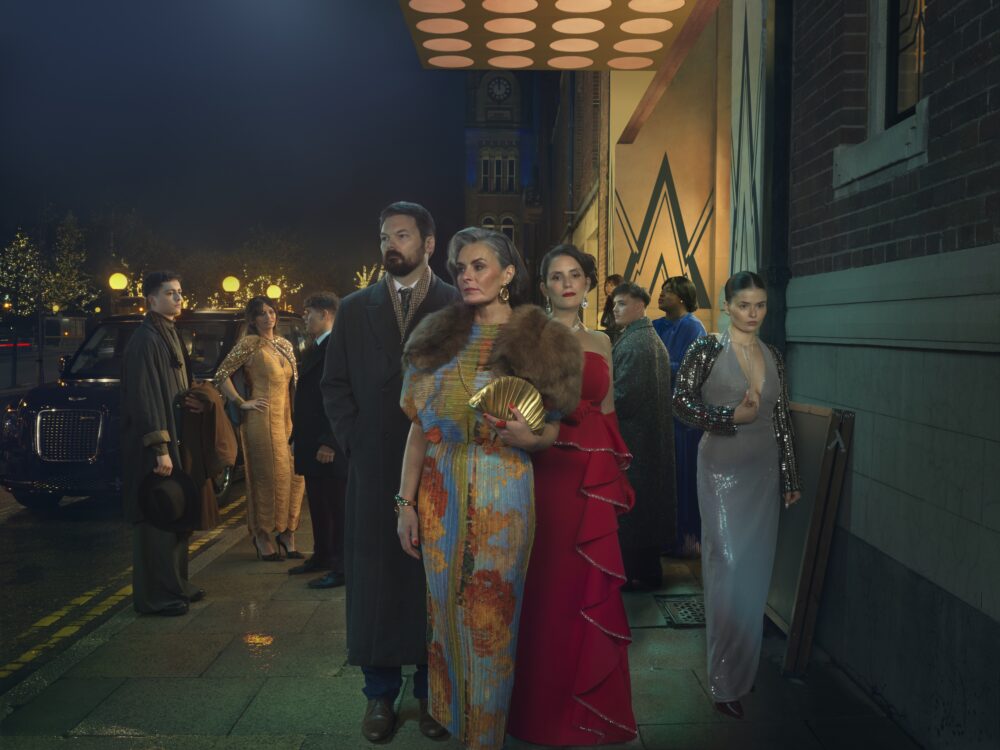
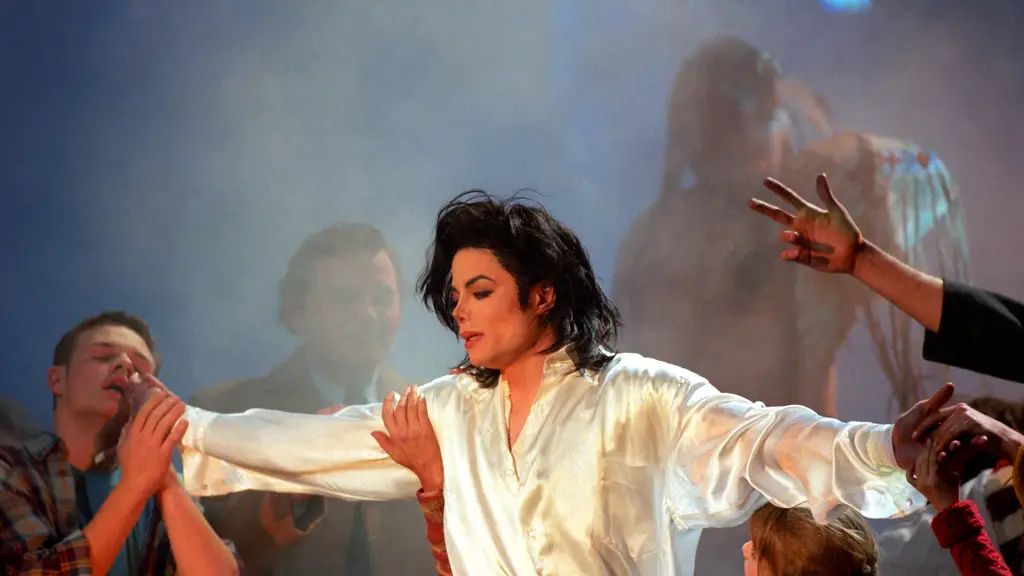

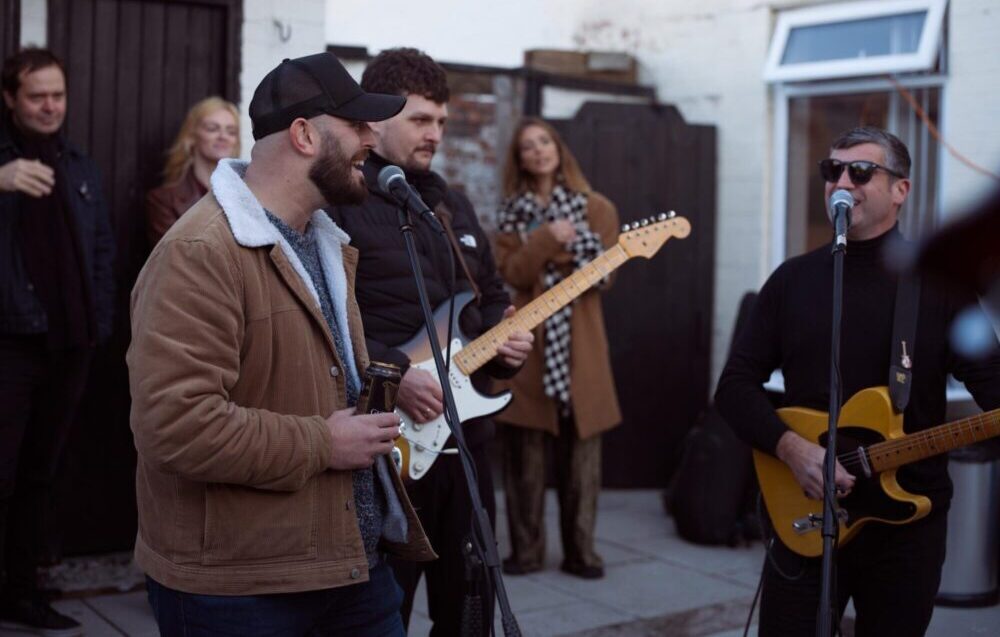
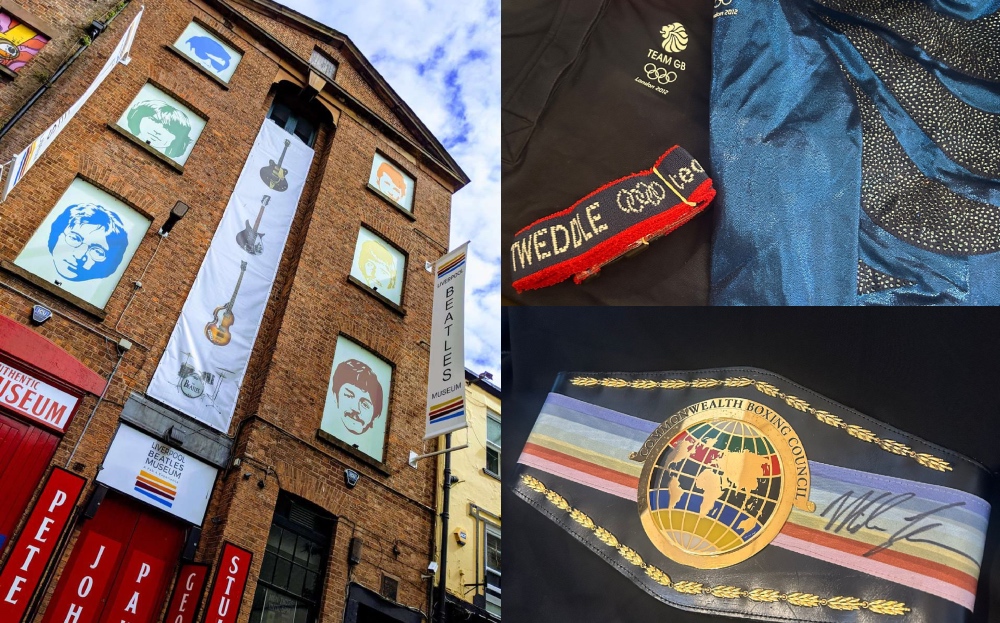
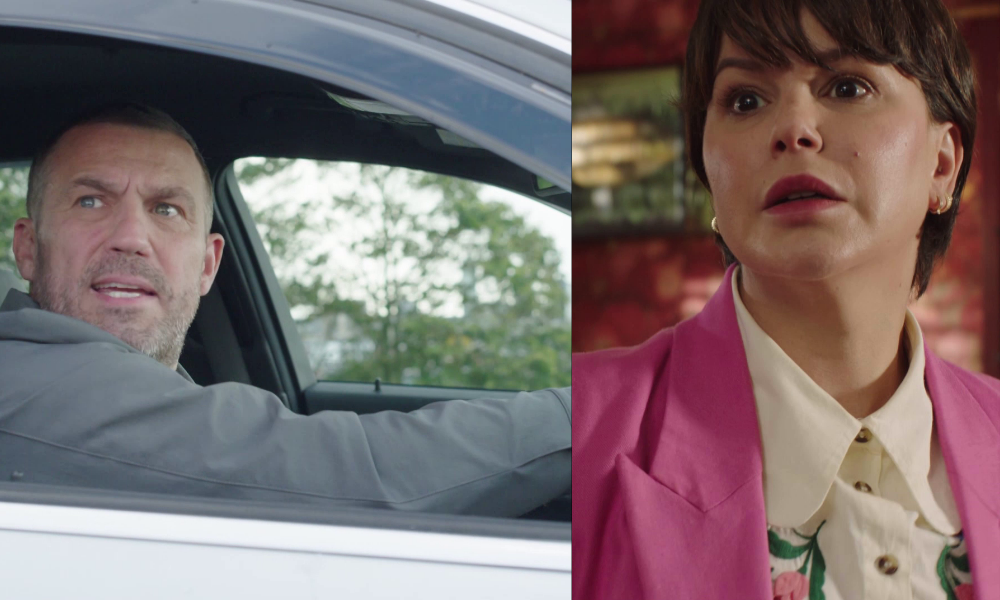
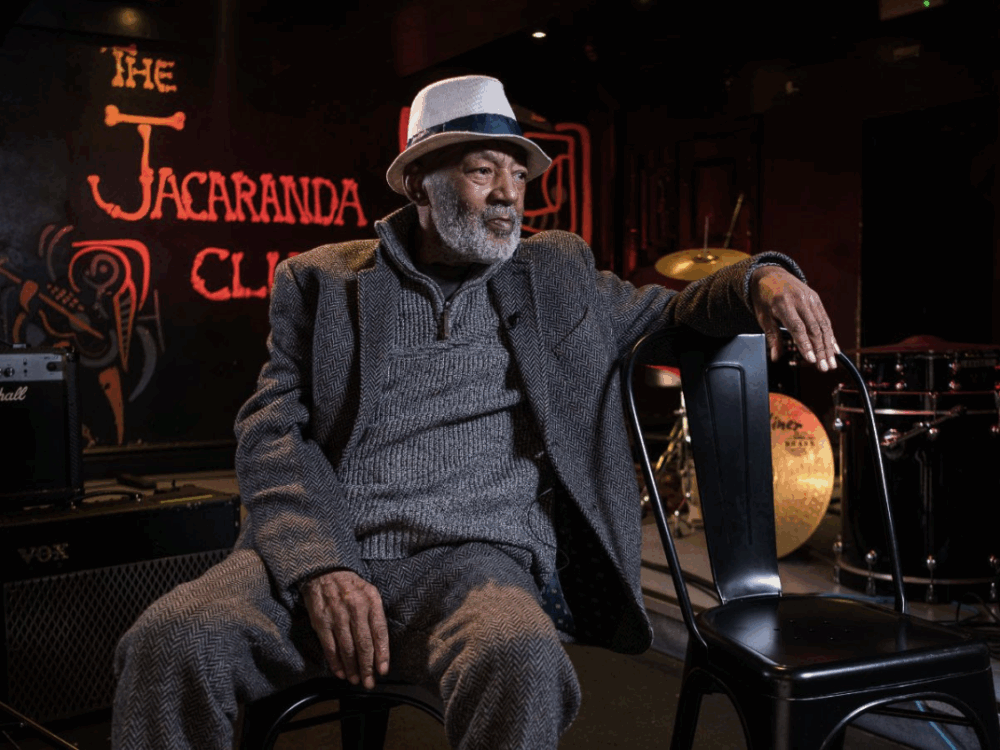
 Subscribe
Subscribe Follow Us
Follow Us Follow Us
Follow Us Follow Us
Follow Us Follow Us
Follow Us Follow Us
Follow Us











